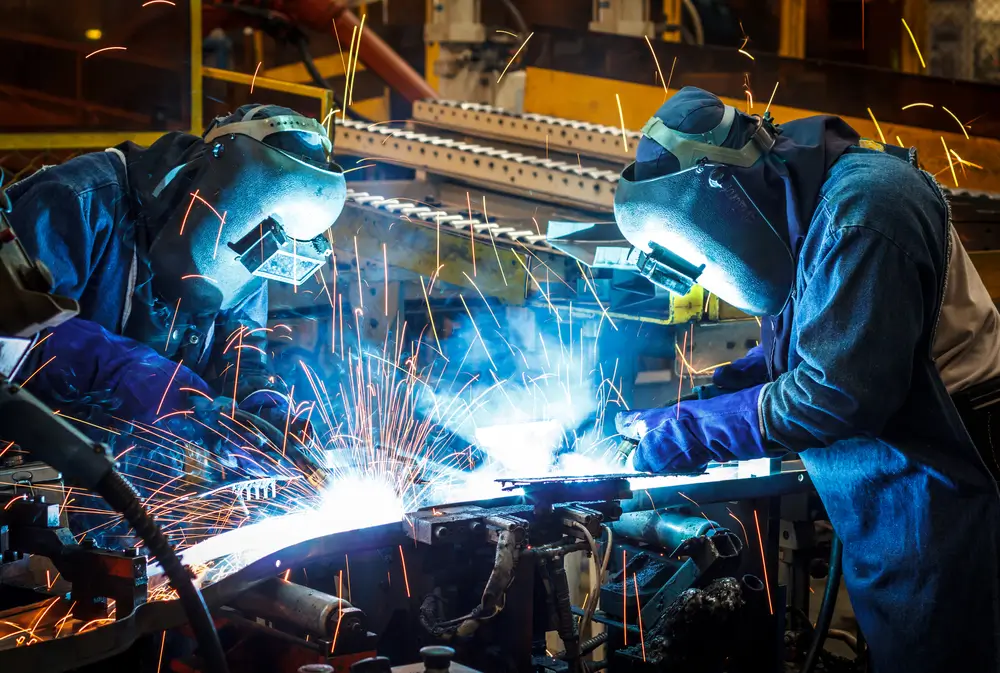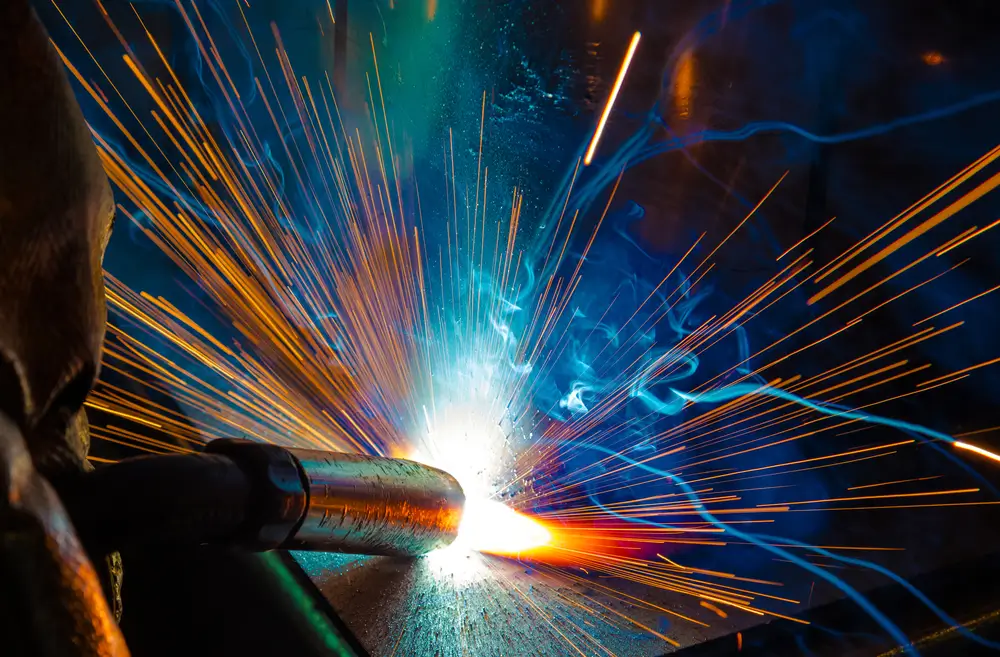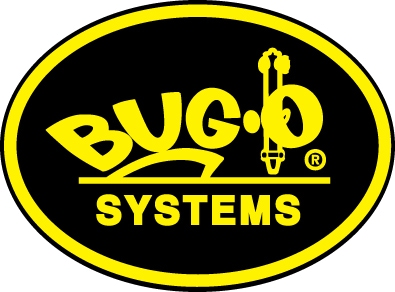Welding is a fundamental process that joins materials and builds the foundations of modern infrastructure. From manufacturing plants to construction sites, the quality and efficiency of welding directly impact the strength and integrity of the end product.
However, the focus on the ‘art’ of the welding itself sometimes overshadows the equally critical factor. The welding environment: An environment that is not conducive to welding can sabotage the most skilled fabricators’ efforts. Join us as we dissect the nuances of creating an ideal welding environment and explore cutting-edge technologies that set new standards.
The Importance of Welding Environment for Production
To understand the significance of a welding environment, we need to look beyond the sparks and the blue light. A favorable welding environment is essential for multiple reasons:
- Safety First: Proper ventilation for fumes and gases during welding is crucial. Ensuring a safe welding environment is both a regulatory necessity and a moral obligation for the welder’s well-being.
- Quality Control: Consistency in the welding environment prevents defects and imperfections, maintaining the workpiece’s strength and integrity.
- Productivity: An organized welding area boosts productivity, with tools and consumables easily accessible, minimizing downtime and enhancing workflow.
What Is Considered a Safe Welding Environment?
Safety should be the top priority in any industrial setting, especially those dealing with the inherent risks of welding.

Effective Ventilation
Proper ventilation systems, such as local exhaust ventilation (LEV), ensure that welders are not exposed to harmful fumes. A robust ventilation plan can significantly improve the air quality in the welding vicinity.
Fire Prevention
Fire safety measures are paramount. Fire extinguishers, consistent housekeeping practices to minimize combustible materials, and fire-resistant curtains or blankets contribute to a controlled environment.
Electrical Safety
Welding utilizes high electrical currents. All equipment should be grounded to prevent electrical accidents, and a strict protocol for circuit breakers and safety switches should be established. Welding sustainability involves using less energy and being more efficient. It also means causing less environmental harm and improving quality with fewer resources. Additionally, it involves reducing waste during welding operations.
How to Improve Your Welding Environment
Creating a safe and efficient welding environment involves several steps, from proper planning to implementing sophisticated tools and technologies.

Layout Planning
Developing a well-thought-out layout can streamline the welding process. It should include designated areas for each stage, clear pathways, and a clutter-free workspace.
Training and Awareness
Equipping your team with the necessary knowledge and safety protocols is non-negotiable. Regular training sessions and postings of safety guidelines in the workspace help reinforce the safety culture.
Technological Interventions
Technology, such as mechanized welding, can revolutionize your environment. It minimizes human involvement in potentially hazardous tasks, enhances precision, and accelerates production. Automating your welding process guarantees better quality and reduces the risk of accidents.
Transform Your Workshop with Bug-O
The welding environment plays a vital role in the industry’s success, so investing in its improvement should be at the forefront of your company’s agenda. Whether through advanced equipment, better layout planning, or enhanced safety measures, the dividends of a superior welding environment are manifold.
Enter Bug-O Systems, a pioneer in mechanized cutting and welding solutions. Their state-of-the-art mechanized systems are designed to enhance welding environments and the overall productivity of your operations. With solutions ranging from mechanized cutting to custom mechanization, Bug-O tailors their products to fit seamlessly into your current setup. Their versatile systems adapt to various welding techniques, making them a perfect companion for different welding applications.


Recent Comments